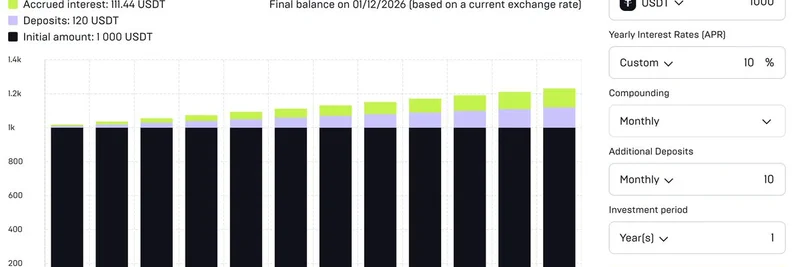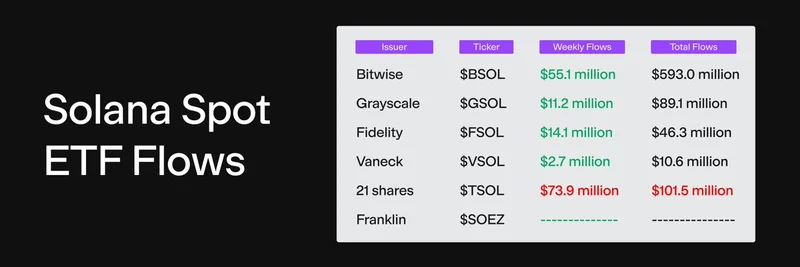In the fast-paced world of crypto, where meme tokens can skyrocket or crash overnight, governance remains a hot topic. How do we ensure founders don't pull the rug on investors? Enter MiyaHedge's recent thread on X, where they dive deep into governance strategies, token unlocks, and preventing bad actor behavior. As someone who's seen the highs and lows of blockchain projects, I find their take refreshingly pragmatic—especially for meme token enthusiasts looking to build more sustainable communities.
MiyaHedge starts with two key assumptions: corporate democracy can be overly naive, and tokens need to align closely with equity through something called ERC-S. For the uninitiated, ERC-S likely refers to an equity-aligned token standard that bridges crypto tokens with real-world company shares, making them more like regulated securities. This alignment is crucial because it ties token value directly to the project's success, reducing the incentive for quick cash-outs.
Why does this matter? By empowering token holders thoughtfully, projects can minimize "bad actions" like rug pulls—where founders dump tokens and abandon the project—or wasteful treasury spending. MiyaHedge argues against full bottom-up governance, where every decision bubbles up from holders. Instead, founders should retain veto power, akin to a dictatorship in private companies, to drive efficiency. But how do we check that power? That's where enforcement and accountability come in.
They critique current solutions, like DAO votes that can be swayed by founders' voting power, turning democracy into a facade. Take a hypothetical DAO vote on unlocking founder tokens: Even if 95% vote no, insiders can flip it with their stakes. MiyaHedge also touches on Futarchy—a governance model using prediction markets to decide outcomes based on token price impacts. It's innovative but flawed for ERC-S setups, where off-chain elements like executive salaries or M&A deals introduce external incentives that manipulators can exploit.
For instance, in a Futarchy vote on firing a CEO with a hefty salary, the CEO could game the markets by buying into the "keep" outcome. While great for pure crypto protocols, Futarchy struggles with real-world complexities in equity-tied tokens. For smaller decisions like gradual treasury unlocks, though, it shines since manipulation isn't worth the effort.
Shifting to token sales, MiyaHedge envisions ERC-S tokens as inherently valuable, with teams incentivized to buy back rather than sell. Successful projects could see supply deflate dramatically, from 100% unlocked to just 20%, as founders accumulate to avoid dilution in events like mergers. But sales for acquisitions need holder consent without handing over too much power.
Their solution? Sales notices, modeled after stock market practices. Tokens accrued by the team (via fees or buybacks) go into a multisig wallet or smart contract. Founders can request unlocks anytime, but with a 7-day delay. During this window, they must justify the move to holders—explaining the why and how. If the case is weak, the market might tank the price before release, naturally penalizing bad ideas.
Since ERC-S requires doxxed founders and U.S.-based companies, false promises become illegal, adding legal teeth. The market acts as the ultimate judge: Do holders trust the plan? This setup keeps power with founders but uses price as a feedback mechanism—holders "fight back" by selling if unhappy.
MiyaHedge contrasts this with "slow rugs," where gradual unlocks let failing projects linger, fostering false hope. Allowing big unlocks forces transparency; the market prices in fear, killing bad projects faster. Imagine the buzz on X if a founder unlocks 50% tomorrow versus over a year—option B sparks immediate reactions and accountability.
They emphasize that early-stage decisions shouldn't involve token holders, as it's inefficient. Stick to proven equity-like models for ERC-S, using sales notices over complex governance.
Wrapping up, MiyaHedge hints at exciting developments, predicting ERC-S volume will surpass ERC-20 by 2027. For meme token creators, this thread is gold: It offers a blueprint to build trust, avoid rugs, and align incentives. In a space rife with scams, adopting such mechanisms could separate fleeting hype from lasting value. If you're diving into meme projects, keep an eye on governance—it's the backbone of sustainability.


